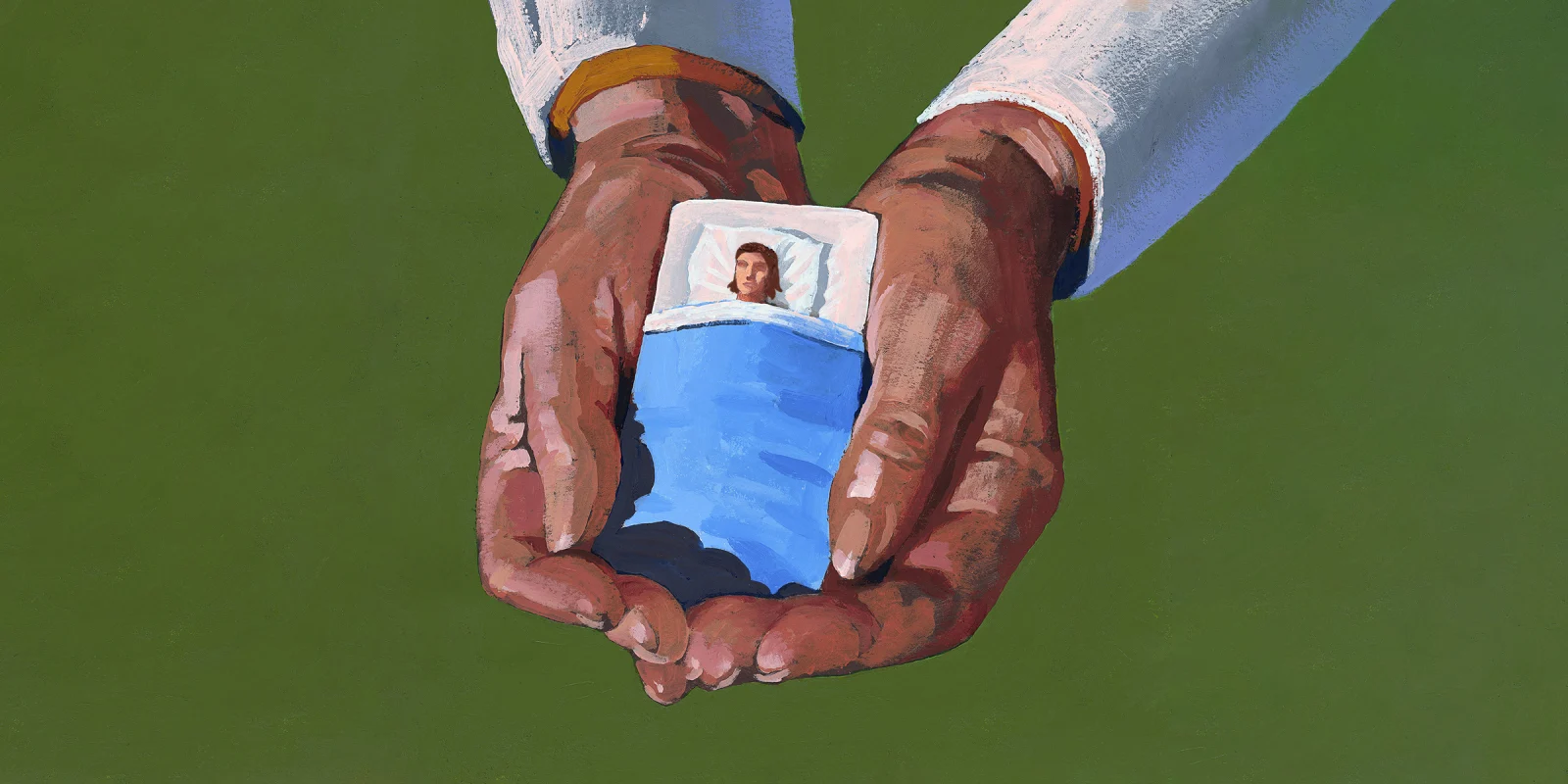Recently, I encountered a patient in isolation who had tested positive for COVID-19. This patient had already spent several days unconscious in the ICU, initially admitted without a COVID-19 diagnosis. Her family, driven by concern for their ailing loved one, had insisted on retesting, as the patient's daughter had tested positive for the virus. This prompted the health care team to conduct another test on the patient, which turned out to be positive. The patient would need to undergo a strict 10-day isolation period.
Throughout all this, the patient remained in a state of obtundation and encephalopathy, complicated by renal failure, all stemming from a separate extremity infection. As a health care worker, I rounded on this patient solely based on her medical chart; I had no personal connection to her. Little did I know that she had plans for an outing with her family on her upcoming birthday.
This patient’s prognosis was not good: her kidneys were failing, she was still obtunded in the ICU, and she had recently completed chemotherapy. Still, her family visited her each day. Given that the patient remained mostly unconscious, I pondered the emotional turmoil her family must be enduring.
After several days, the patient slowly awakened from metabolic encephalopathy. Rather than her family, it was me who was the first person she interacted with. She asked me about her inability to move, and whether she’d had a stroke. I provided reassurance, understanding that it must be bewildering to wake up after 10 days of unconsciousness. The patient's questions continued, exploring the circumstances surrounding her arm infection and her overall condition.
As the days passed, the patient's personality began to emerge. She referred to her family as “those creeps” with a playful smile, showing resilience despite her dire condition.
Then, the patient’s birthday arrived. As I rounded, I wished her a happy birthday. The patient beamed and said “Yes, it is indeed my birthday today. I am glad I am alive. When can my family visit?” She longed to see her family in person, but strict COVID-19 protocols dictated that she must wait for five more days.
When she realized she wouldn’t be able to see her family for nearly a week, the patient began to grow anxious. She feared relapsing into unconsciousness or worse. Clearly, the timing was not good. She had been isolated from her family, hearing only their voices through the phone. Now that she was alert and awake, her family was absent.
Reflecting on the situation, I realized that if it weren't for the potential COVID-19 exposure, the patient wouldn't have needed testing or isolation, as she exhibited no symptoms and was asymptomatic. And while it’s possible the strict protocol may have helped protect us health care workers, we do not routinely test patients for COVID-19 or repeat checking COVID-19 while in the hospital. This means that at any time, there could be many patients who are COVID-19 positive on the floor, asymptomatically, without us knowing and needing to place precautions.
Ultimately, this experience underscored for me the profound impact of family bonding during illness. Hospitalization is a vulnerable time for patients, and it's equally stressful for their families who fear losing their loved ones. It's a moment when the fleeting nature of life becomes painfully apparent, especially in the ICU, where the specter of imminent loss looms.
I wondered what might happen if the patient's condition deteriorated again before the COVID-19 protocol's visitor waiting period ended. Would the family regret their insistence on testing, potentially losing precious days with their awake and alert loved one?
While protocols serve a crucial role in disease prevention, I don’t think we need to throw the baby out with the bathwater. There are ways to safely allow loved ones to be closer to their hospitalized family members, even amid certain disease outbreaks. Family members can wear masks, they can look outside the window, they can gown up.
As health care workers, we see patients no matter their disease (with precautions in place). We are not “expelled” from seeing patients. The difference is we are not their family. We are workers. Our emotions are not the same as the emotions family experience. We work with protocols and protocols work with us. But sometimes protocols may not work with patients and their families. This experience reminded me that while protocols are necessary, they sometimes fall short of meeting the emotional needs of patients and their families.
What hospital protocols do you find potentially problematic? Share in the comments!
Miriam Al-Saedy is a fourth-year medical student at the Elson S. Floyd College of Medicine in Washington State. She attended the University of Washington in undergrad with a BS Biochemistry and English minor and is interested in medical education.
Image by Jonathan Evans / Getty







